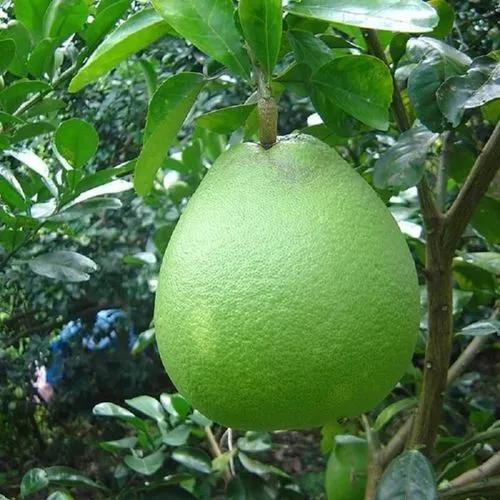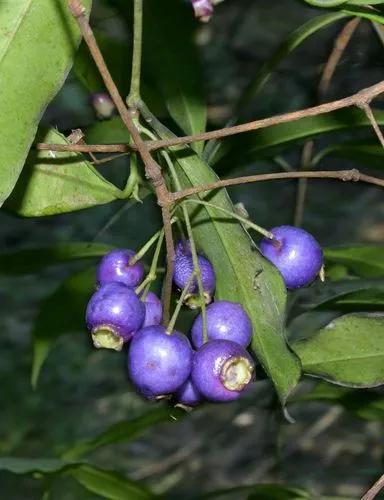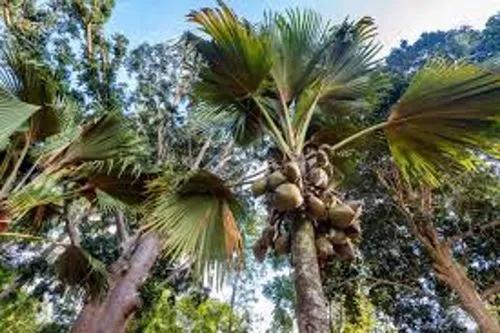Amelanchier lamarckii, also called juneberry, serviceberry or shadbush, is a large deciduous flowering shrub or small tree in the family Rosaceae. It is widely naturalised in Europe, where it is known as snowy mespilus or snowy mespil.
Juneberry Care
Amelanchier lamarckii



Amelanchier lamarckii is of unknown origin. Although generally considered to be a distinct North American species, some experts believe it to be a naturally occurring hybrid that comes true from seed and designate it as A. x lamarckii. This serviceberry is a deciduous, understory tree or tall shrub that typically grows 15-25’ tall. It is very similar in appearance to A. laevis, with the exception that its young stems and leaves are sericeous (silky haired) whereas those of A. laevis are smooth. Otherwise both plants feature showy, 5-petaled, slightly fragrant, white flowers in drooping clusters that appear in early spring (April) before the leaves. Flowers give way to small, round, edible berries which ripen to dark purplish-black in June and resemble blueberries in size, color and taste. Berries are often used in jams, jellies and pies.
How to Care for the Plant

Water

The plant has average water needs and has to be watered well in dry weather until established.

Fertilizer

By fertilizing young trees and shrubs you can increase both the size and the amount of flowers on the plant. Granular, liquid or stake type fertilizers can be used.

Sunlight

Choose a spot in full sun or part shade.

Soil

This plant prefers rather rich, deep and well drained soil. They won't do well in lime or chalky soils.

Temperature

It can be grown in the areas with the lowest winter temperatures of −34.4°C (−30°F).

Popularity

133 people already have this plant 23 people have added this plant to their wishlists
Discover more plants with the list below
Popular articles






